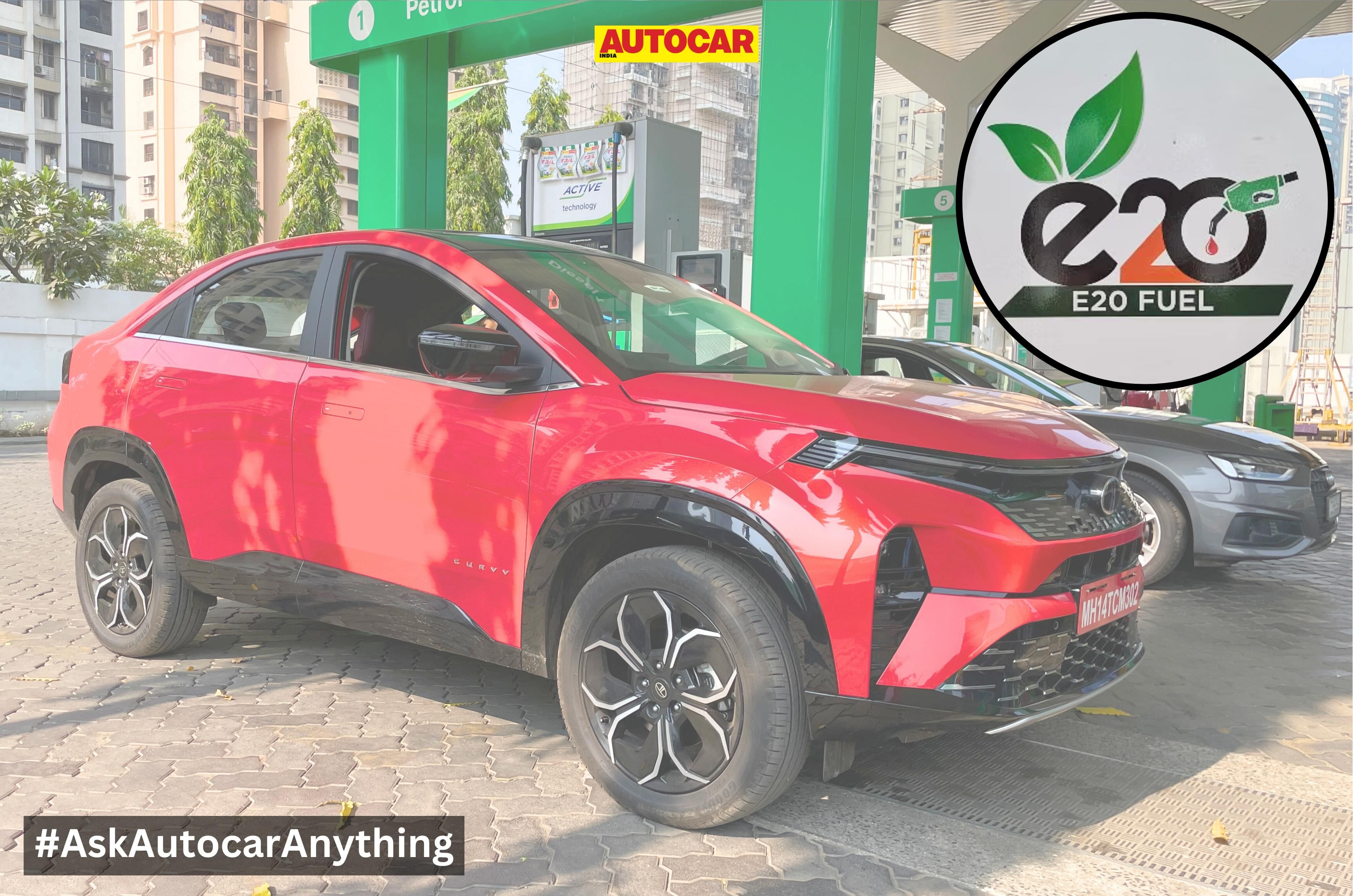
India’s push for E20 fuel is a part of the country’s plan to cut crude oil imports and reduce tailpipe CO2 emissions. The government recently announced that E20 fuel is already available pan-India, well ahead of its 2030 deadline. However, the rollout of E20 has raised concerns among motorists who are fearful about the fuel’s effect on some of the engine components and fuel efficiency. Here, we are answering some of the most pressing concerns of all vehicle users.
Will using E20 fuel lower my fuel efficiency?
Yes, there will be a drop in efficiency for one simple reason. Ethanol has a lower energy density than petrol, which means that the engine needs to burn more fuel to extract the same amount of power and performance. The difference in energy value is about 33 percent, with petrol having a density of about 42 MJ/kg and ethanol about 26 MJ/kg. E20 petrol has an overall energy density of 40 MJ/kg. Thus, using higher blends of ethanol will lower an automobile’s overall fuel efficiency.
However, depending on whom you ask, the amount of fuel efficiency loss varies. The ARAI report says the drop will only be between 1 to 6 percent, some manufacturers have put it at 7 to 8 percent, while users are reporting a drop as high as 20 percent.
E20 fuel is more sensitive to driving style than pure petrol.
Like with normal petrol or any fuel, efficiency can vary wildly depending on the engine technology, driving style and ambient conditions. For example, a basic multi-point fuel injection (MPI) engine with a simple ECU will have more of an efficiency drop (around 8 percent) whereas a modern injection system with O2 sensors, which can optimise the loss, will see only a 4-6 percent drop. E20-calibrated engines that are designed to minimise losses stand to lose only about 2-4 percent.
Do note that E20-blended petrol is more sensitive to driving style than pure petrol engines because when you put your right foot down, more fuel has to be burnt (given Ethanol’s lower calorific value) to produce the same amount of power.
Does E20 fuel lower the power of my car?
The one upside of ethanol is that it has a much higher octane rating than petrol. In fact, one big benefit is that the base octane number with E20 has jumped from 91 to 95 octane. This allows manufacturers to run a high compression ratio, which can potentially unlock more power in E20-compatible engines and future engines.
E20 could increase power of older cars.
The higher octane E20 fuel could also benefit non-E20 compliant cars with high-compression ratios, sophisticated ignition timing and knock sensors. This allows the ignition timing to be advanced, allowing the combustion to reach peak pressure closer to Top Dead Centre (TDC) – the sweet spot for torque. Turbocharged cars, which typically run higher compression ratios, will also benefit. Cars unlikely to see any performance gains are those with low compression ratios like Maruti’s F-series engines. It’s important to note that though power can increase, fuel efficiency will always drop.
Does ethanol blended fuel have cold starting issues?
Theoretically, ethanol’s latent heat of vaporisation is higher than petrol. Thus, during cold starts, the air-fuel mixture of ethanol-blended petrol is leaner compared to pure petrol. With an E20 blend, cold start is not an issue except in sub-zero temperatures, which isn’t that common in India.
With inputs by Sergius Baretto
Also see:
Alternatives to E20: XP100, E0 petrol, and retrofitting older vehicles
Will E20 fuel damage your car? Key risks and compatibility explained
E20 petrol in India: What is it and why it’s being rolled out

